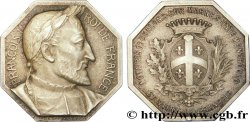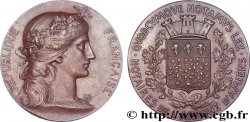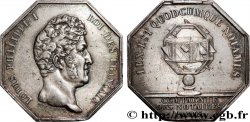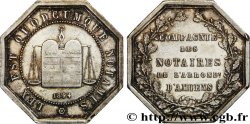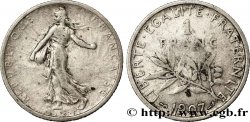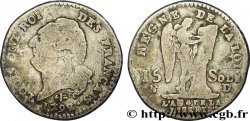E-auction 602-572356 - fjt_776374 - 19TH CENTURY NOTARIES (SOLICITORS AND ATTORNEYS) Notaires de Tours n.d.
You must signin and be an approved bidder to bid, LOGIN TO BID. Accounts are subject to approval and the approval process takes place within 48 hours. Do not wait until the day a sale closes to register. Clicking on « bid » constitutes acceptance of the terms of use of cgb.fr private e-auctions.
Bids must be placed in whole Euro amounts only. The sale will start closing at the time stated on the item description; any bids received at the site after the closing time will not be executed. Transmission times may vary and bids could be rejected if you wait until the last second. For further information ckeck the E-auctions F.A.Q.
NO BUYER'S FEE.
NO BUYER'S FEE.
| Estimate : | 65 € |
| Price : | 29 € |
| Maximum bid : | 66 € |
| End of the sale : | 28 October 2024 20:23:00 |
| bidders : | 4 bidders |
Type : Notaires de Tours
Date: n.d.
Metal : copper
Diameter : 27,5 mm
Orientation dies : 12 h.
Weight : 9,36 g.
Edge : lisse
Rarity : R1
Coments on the condition:
Exemplaire avec de petites marques de manipulation sinon presque superbe
Catalogue references :
Obverse
Obverse description : Écu ovale aux armes de France entouré des colliers des Ordres, surmonté de la couronne royale, posé sur un manteau fleurdelisé et doublé d’hermine, avec le sceptre et la main de Justice posés en sautoir sous l’écu ; signature CHAMOIN F..
Reverse
Reverse legend : CHAMBRE DES NOTAIRES ARRT. DE TOURS// (INDRE ET LOIRE).
Reverse description : Code civil ouvert.
Commentary
Ces jetons furent distribués aux réunions de la Chambre, pour la première fois le 2 août 1820 et aux Assemblées générales le 7 mai 1821, après avoir été décidé en 1818.
These tokens were distributed at meetings of the House, for the first time on August 2, 1820 and at General Assemblies on May 7, 1821, after having been decided in 1818
These tokens were distributed at meetings of the House, for the first time on August 2, 1820 and at General Assemblies on May 7, 1821, after having been decided in 1818








 Report a mistake
Report a mistake Print the page
Print the page Share my selection
Share my selection Ask a question
Ask a question Consign / sell
Consign / sell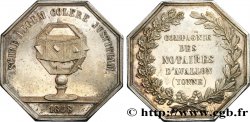
 Full data
Full data